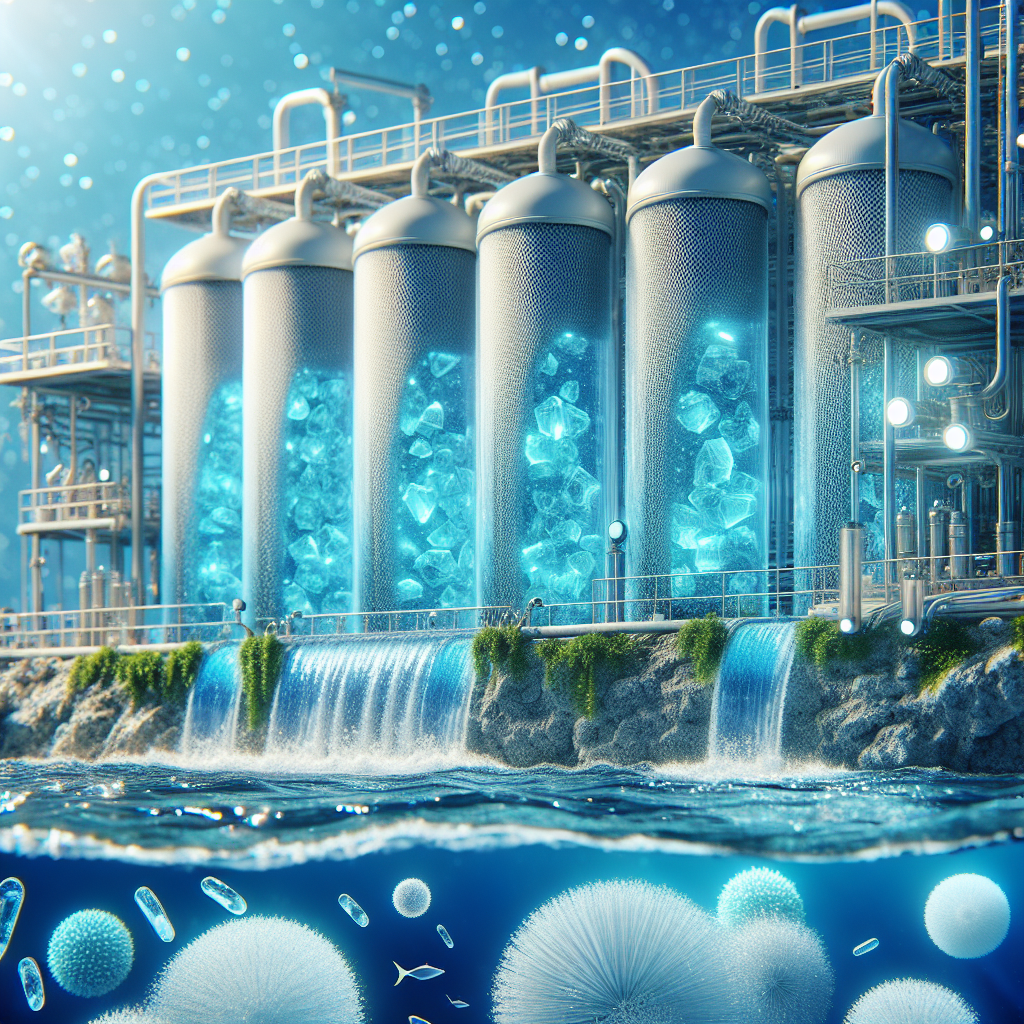Eco‑Friendly Desalination: New Membranes Aim to Eliminate Brine Waste

The University of Michigan has engineered ultrahigh‑charge‑density electrodialysis membranes that could allow desalination plants to concentrate and crystallize salts—rather than discharging hypersaline brine—enabling recovery of valuable minerals such as lithium, magnesium, and potassium University of Michigan News. Traditional reverse‑osmosis plants generate approximately 1.5 L of brine for every 1 L of freshwater, contributing to an estimated 37 billion gallons of brine waste discharged globally each day University of Michigan News. While still at laboratory scale and not yet commercially available, these membranes offer a blueprint for future regulations and pilot projects designed to phase out harmful brine ponds and ocean dumping University of Michigan News.
The Brine Waste Challenge
Desalination is vital for augmenting freshwater supplies in arid regions, yet its byproduct—concentrated brine—poses significant environmental risks. For every liter of potable water produced, about 1.5 L of brine is generated, which is often disposed of in evaporation ponds, deep‑well injection sites, or directly into the ocean University of Michigan News.
When released without adequate dilution, brine can elevate local salinity levels above natural thresholds, harming benthic communities and reducing marine biodiversity Wikipedia. Brine discharge also carries residual treatment chemicals—chlorine, antifouling agents, and heavy metals—which can deplete dissolved oxygen and disrupt food chains UNEP – UN Environment Programme. In regions lacking sufficient land for evaporation ponds, ocean dumping remains commonplace, exacerbating ecological stress on coastal habitats ScienceDirect.
Innovative Electrodialysis Membranes
Researchers led by Assistant Professor Jovan Kamcev at U‑M have designed polymer membranes with record‑high fixed‐charge densities that sharply repel ions while maintaining ultrahigh conductivity—up to 10× greater than leak‑resistant commercial membranes University of Michigan News. Traditional electrodialysis, which uses alternating positively and negatively charged membranes between electrodes, becomes inefficient beyond salinities roughly six times that of seawater, due to ion leakage through swollen polymer chains University of Michigan News.
By incorporating rigid carbon‑based “connectors” that lock charged sites in place, the new membranes resist swelling, enabling high‐salinity operation without compromising flux University of Michigan News. In bench‐scale tests, the team demonstrated continuous brine concentrations sufficient for salt crystallization and metal recovery—turning a problematic waste stream into a resource University of Michigan News.
Environmental and Economic Benefits
Reducing Ecological Impact
Eliminating liquid brine discharge would mitigate salinity spikes and chemical toxicity in coastal waters, helping preserve sensitive marine ecosystems and seagrass beds Wikipedia. By shifting from pond‑based evaporation (which can occupy hundreds of acres) to compact crystallizers, land use pressures and groundwater contamination risks are also greatly diminished University of Michigan News.
Resource Recovery
Brine contains not only sodium chloride but economically valuable ions—lithium for batteries, magnesium for alloys, and potassium for fertilizer—worth up to hundreds of dollars per ton University of Michigan News. Capturing these minerals transforms a disposal challenge into a revenue stream, improving the overall water‑energy‑materials nexus sustainability.
Energy Efficiency
Compared to thermal crystallization, which is highly energy‐intensive, electrodialysis with high‑charge membranes operates at lower voltages and demonstrates greater energy efficiency for brine concentrating steps University of Michigan News. This aligns with global decarbonization goals by reducing the carbon footprint of desalination WIRED.
Recommendations for Ecotox Environmental Services Clients
- Policy Advocacy & Regulatory Roadmap
- Work with the Ministry of Works and Transport to incorporate brine‑free desalination targets in national water safety regulations.
- Propose phased implementation of electrodialysis pilot schemes, with benchmarks for brine elimination by 2030.
- Pilot Demonstrations
- Partner with local universities and utilities to install prototype electrodialysis modules at existing desalination sites.
- Monitor performance under Caribbean rainfall patterns and saltwater chemistry to validate scalability.
- Capacity Building
- Train government inspectors and plant operators in electrodialysis system design, membrane handling, and performance evaluation.
- Develop technical guidelines for membrane maintenance and end‐of‐life recycling.
- Stakeholder Engagement
- Convene workshops with local communities, fisheries, and environmental NGOs to communicate ecological benefits and resource recovery opportunities.
- Explore public‑private partnerships to finance commercialization of membrane manufacturing facilities in Trinidad and Tobago.
- Integrated Resource Management
- Combine rainwater capture, solar power integration, and brine crystallization to create resilient, off‑grid water treatment hubs for remote coastal and island communities.
Conclusion
The ultrahigh‑charge‑density electrodialysis membranes pioneered at the University of Michigan point to a transformative era for desalination—one in which brine waste is not an intractable byproduct but a source of strategic minerals and minimal ecological disturbance. While still in the research phase, these membranes chart a clear course for updating regulations, investing in pilot projects, and building local expertise. Ecotox Environmental Services is prepared to guide policymakers, engineers, and industry partners toward a desalination paradigm that is both clean and circular, securing water resilience for Trinidad and Tobago and beyond.

